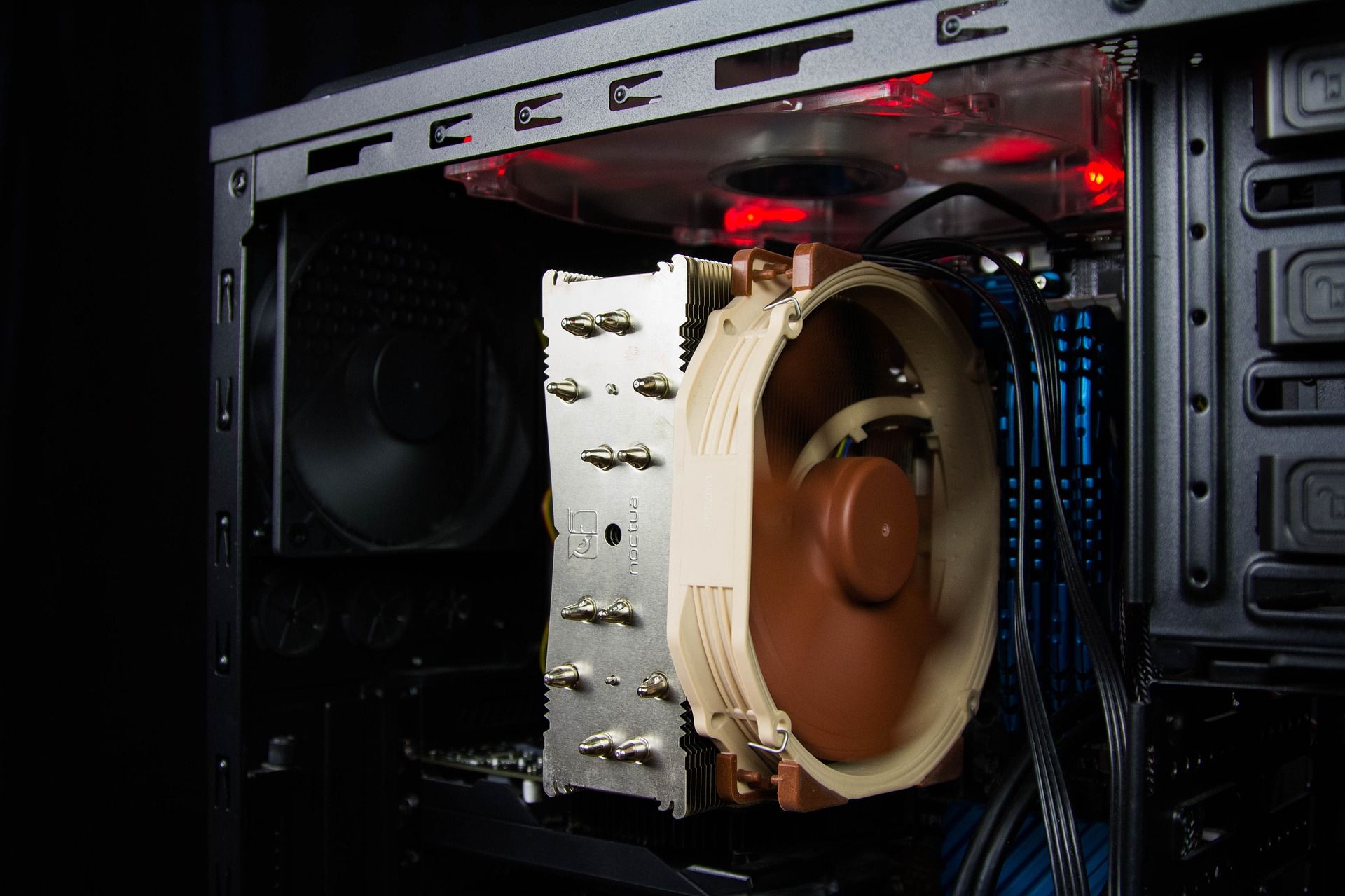Have you ever heard someone claim that “overclocking is dead?" We’ve come across this story multiple times, on different occasions, but the reasons behind the claim are never clear.
In this article, we’ll be looking at whether overclocking really is dead or if the overclocking gains just aren't worth chasing anymore.
3 Issues Facing CPU Overclocking
There are three core reasons CPU overclocking is facing a downtrend.
1. CPU Manufacturing Affects Overclocking Speeds
Intel has struggled to shrink its CPUs to a new 10nm manufacturing process while keeping production volumes high.
When the team leader behind the Intel 7nm chips, Dan Ragland, was asked whether the new CPU manufacturing process will allow overclocking (similar to the 7nm offered by competitors), he responded:
What the other guys are experiencing limit-wise, we will not. I can tell you that, and feel confident in telling you that now: People who think this the end of the world for overclocking because our competitors' 7nm has very little headroom, that's not true.
So while there is little headroom available on AMD CPUs due to how much headroom the stock CPU speed takes, Intel won't follow a similar path with their 7nm CPU manufacturing process.
Given the issues the industry is facing with semiconductor production, it is going to be interesting to see how manufacturers will respond and what the future of chips has in store for us.
2. Intel’s PTPP Guarantee is Ending
In March 2021, Intel announced that they will stop offering their Performance Tuning Protection Plan, also known as PTPP. They will honor all previously purchased packages only.
Their protection plan offered one-time protection for users who’ve fried their chips by overclocking them. The only exception is for “Xeon W-3175X”, which will continue to be covered by the company.
3. Ever Decreasing CPU Headroom
Over the years, there’s been a noticeable trend in decreasing the available headroom on CPUs. For example, a decade ago, you could overclock in the 3.8-4.2 GHz area, whereas today, chips reach up to 4.6-5GHz, leaving little to no room at all for a performance boost.
In a dynamic market, the demand for high-performance products is massive. Manufacturers don’t have the luxury to leave overclocking headroom to sell you the desired product.
Does that mean that overclocking is dead?
Not if the manufacturers deliberately leave space for an upgrade in their mid-range products. The demand for overclocking is great, and it is unlikely that CPU manufacturers will leave an untouched segment in the industry.
However, that the best-performing chips on the market are already squeezed to provide maximum speed, and the end of Intel's PTPP program indicates that the industry may be moving in another direction.
Prerequisites for Overclocking Your CPU

The process isn’t challenging, but it requires research before attempting anything as each CPU and motherboard are different. We can’t provide you with the exact steps, but we can outline the requirements for you.
1. Quality Cooling System
First and foremost, one must prepare with additional cooling hardware, as the amount of heat produced by the CPU will increase significantly. You can either look for a new heat sink or a better fan to dissipate the high temperatures.
If your computer case is small, you will need to purchase a larger case to free up some space, accommodate the new parts, and have enough space to move the air around.
Without a consistent airflow, you won't be able to cool your machine.
2. Water Cooling System
If you want to reach the highest performance, you’ll need to break the piggy bank. A water-cooling system uses tubes that absorb the heat, which is efficient, but it can be costly.
3. BIOS overclocking
To improve your computer, you’ll have to alter the CPU clock rate or the voltage, which can be done in the BIOS settings.
Increase the performance lightly, then run tests to simulate heavy use and define whether you’ve reached the maximum cooling potential of the machine.
However, not all CPUs and motherboards allow overclocking, so make sure to check before purchasing. For example, you can overclock Intel CPUs with the letter K in the model name, like the Intel Core i9-9900K (although this is due to change with later Intel CPU generations). AMD makes it a bit easier; all of its Ryzen CPUs are unlocked.
Disadvantages to Overclocking
In the majority of situations, overclocking will void your warranty. Also, overheating the chip significantly by increasing the performance too much at once may permanently damage it.
Complete hardware failures are not a common scenario, but it is a possibility to keep in mind. Also, if not done properly, the system will send incorrect signals, which will result in an unstable system.
Remember to overclock step-by-step, ensure that you have proper cooling, and monitor the temperature over time. Stock coolers aren't made for excess heat, which means that aftermarket parts are your best friend.
We also do not recommend overclocking your laptop because it doesn’t have enough room for the air to flow and decrease heat.
Is Overclocking Dead?

Even though there are no statistics on how many individuals boost their personal computers, it’s not forgotten by enthusiasts.
Many people find it more budget-friendly to improve their computer slightly over time rather than purchase more expensive hardware all at once. Of course, some users purchase the highest-tier models on the market and want to test their limitations.
Given the facts stated above, we can conclude that overclocking is likely losing its appeal over the last few years. However, there are still people who search for models that allow for improvement.
If manufacturers want to keep overclocking alive, they will have to provide users with lower base clock speeds that can be adjusted for greater performance gains.
The question is whether they would want to offer a product that offers a lot of hidden performance when they can simply boost it directly and offer it to their clients for a slightly higher cost.